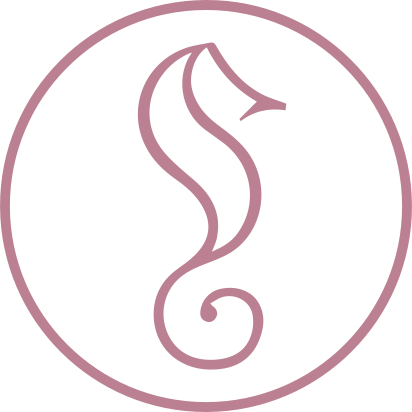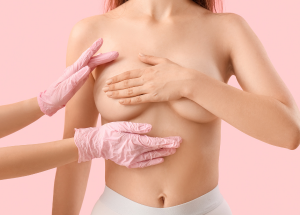Bij Belgian Beauty Clinic
stap je een ander leven binnen
Bij Belgian Beauty Clinic stap je een ander leven binnen
Wie zich goed voelt, straalt! Doch veel mensen hebben complexen of voelen zich niet goed in hun vel. Daarom gaan we bij Belgian Beauty Clinic elke dag tot het uiterste om jou hierbij te helpen. Want niets maakt een mens mooier dan een gezond en evenwichtig zelfvertrouwen.
Ga voor de beste versie van jezelf
- Je geniet een behandeling op maat van jouw wensen.
- Je geeft je zelfbeeld de ultieme boost.
- Je bent voor de volle 100 procent jezelf.
Zin om nu de stap te zetten naar een ander leven? Ontdek hoe Belgian Beauty Clinic jou een nieuwe start kan bieden.

Van harte
welkom in onze
privékliniek
In onze privékliniek tref je al onze cosmetische en chirurgische behandelingen onder één dak. In ons ultieme streven naar perfectie is topkwaliteit altijd de norm!
Consultaties en behandelingen vinden plaats in alle discretie. We luisteren naar jouw wensen en bekommernissen om zo tot het best mogelijke resultaat te komen.
Kies je voor Belgian Beauty Clinic? Dan verblijf je voor en na je behandeling in een comfortabele en rustgevende omgeving. De ideale start voor een bijzonder nieuw hoofdstuk in je leven.


Ontdek onze
behandelingen
Kies voor Belgian Beauty Clinic,
en geniet van ...
- een behandeling op maat van jouw behoeften
- een lichaam dat écht bij je past
- toegang tot alle experten onder één dak
- topkwaliteit in onze luxueze privékliniek

Maak kennis met
onze beauty experts
In onze privékliniek staan onze gediplomeerde professionals je vakkundig bij. Iedere chirurg staat voor de beste professionele expertise in zijn vakgebied. Jouw garantie voor een behandeling van topkwaliteit.
Vanaf je eerste contacten met onze privékliniek tot lang na je behandeling staan onze artsen, verpleegkundigen, anesthesisten en andere professionele medewerkers voor je klaar. Ze begeleiden je bij al je vragen, bezorgdheden en opmerkingen. Zo garanderen we jou de verzorging die je nodig hebt.
Wees dus gerust: bij Belgian Beauty Clinic ben je altijd in de allerbeste handen!


Maak een afspraak
Een afspraak bij Belgian Beauty Clinic is geheel vrijblijvend. Contacteer ons, en kom met een gerust hart eens langs. Onze specialisten luisteren naar jouw wensen en staan je graag bij met al je vragen.

Ervaringen
Na lang twijfelen de stap gezet voor een borstvergroting. Het is nog maar pril dat ik geopereerd ben maar ik had vanaf het begin een goed gevoel bij zowel de dokter als al het ander personeel. Ik ben dinsdag 2 weken Po en ik heb alleen maar lof over mijn chirurg dokter Verdonck. Helpt je bij je keuze laat zien wat mogelijk is, personeel super vriendelijk en helpt bij alles waar nodig is. Kan deze kliniek en dokter alleen maar aanraden☺
Kimberly W.


